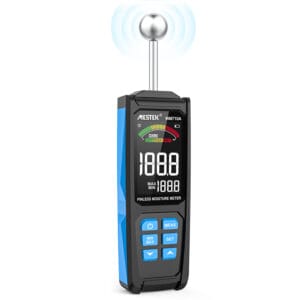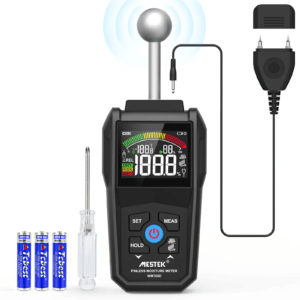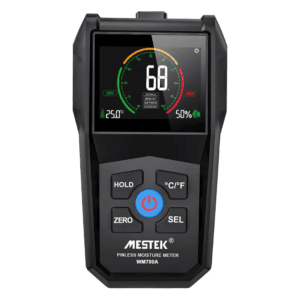Spherical hygrometer WM700B is a pinless moisture meter model. We use different display colors to make the measurement data clear at a glance. The spherical design of the moisture meter can adapt to various materials. In the measurement results, the moisture meter will record the maximum and minimum values. For the classification of materials, the screen will display dry, wet and dangerous status.
Functions
| Measurement method | Non destructive measurement |
| Measurement range | 0-100 |
| Measured depth | 20-40mm |
| Range of RiSK limit value | 0-50 |
| Range of WET limit value | 51-100 |
| Automatic shut-down | 30 minutes |
| Display | Color screen |
| Battery | 1.5V*3 AAA |
| Operation current | About 30mA |
| Operation temperature | 0-40℃ |
| Operation humidity | 0%-70%RH |
| Storage environment | -10~50℃(5%-95%RH) |
| Dimension | 195*73*33mm |
| Weight | 190g(excluding batteries) |
Factory Showcase
Mestek achieves high standards and high consistency in product inspection and calibration through precise machinery and a clean environment.
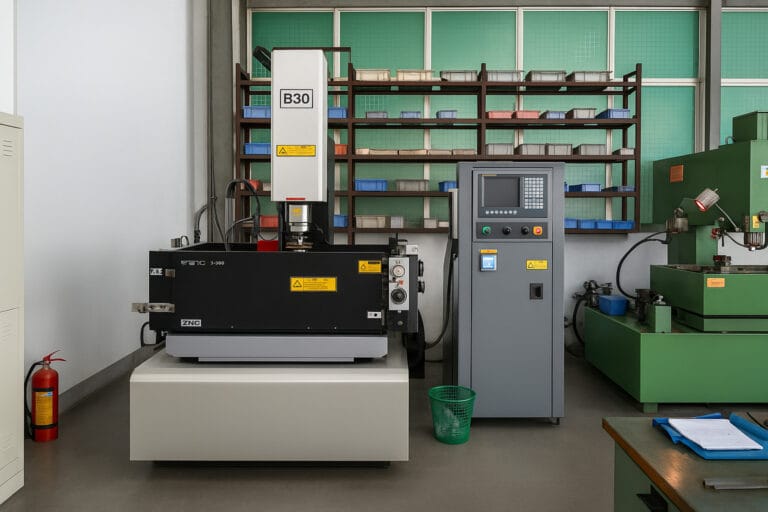
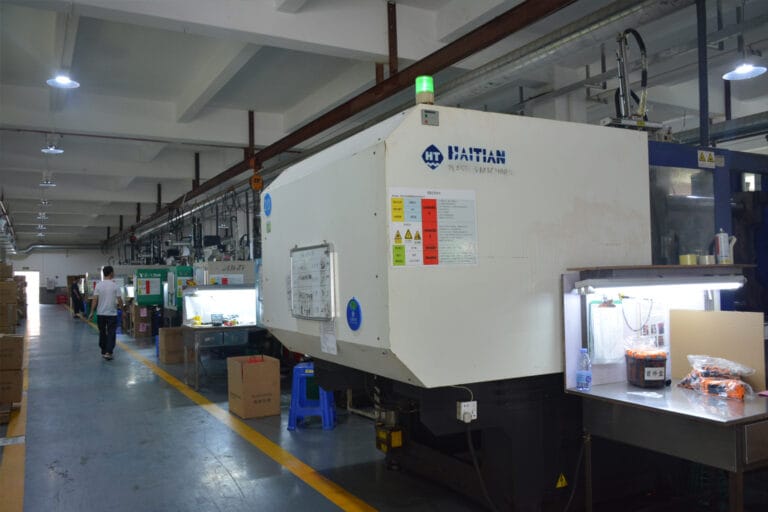

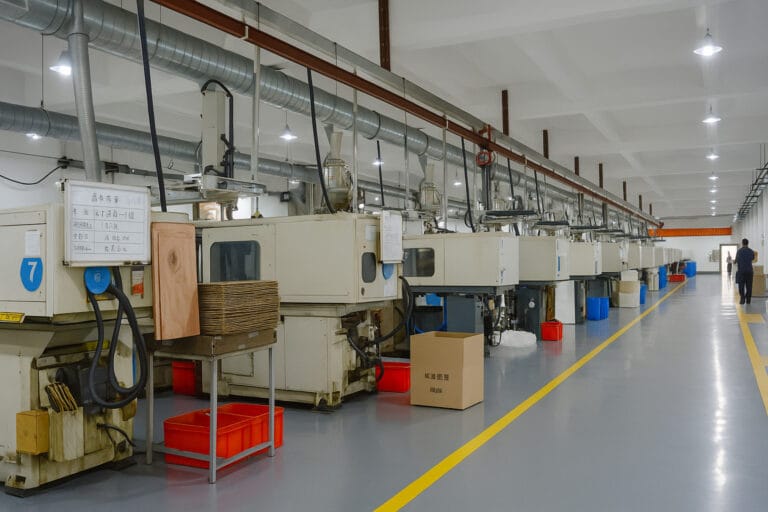
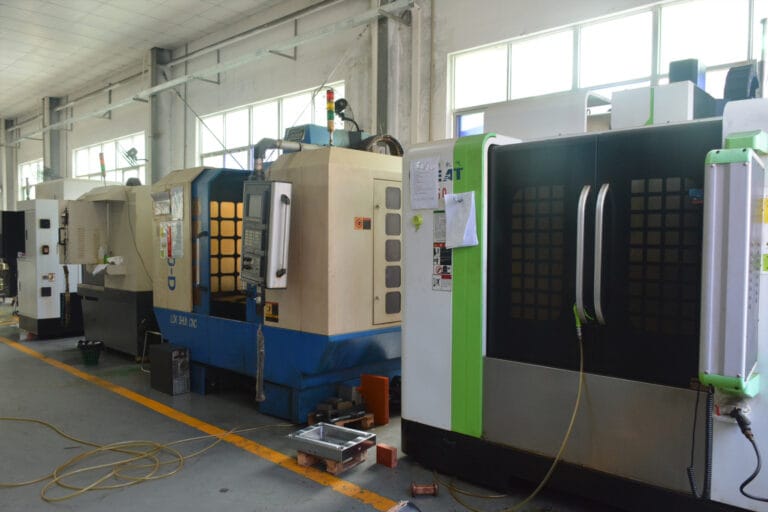
FREQUENTLY ASKED QUESTIONS
What materials can a pinless moisture meter scan accurately?
Pinless meters are ideal for non-invasive measurements in drywall, concrete, plywood, and softwood. They’re not suitable for metal surfaces or very rough textures.
What’s the difference between a pin and a pinless moisture meter?
Pin-type moisture meters provide absolute moisture content readings (%MC) by measuring electrical resistance between two probes inserted into the material. They are ideal for precise measurements in wood and other penetrable materials. Pinless moisture meters, on the other hand, give relative readings using electromagnetic sensors—useful for scanning large areas quickly without causing damage. They help detect moisture patterns but do not offer exact %MC values.
Can I use a pinless moisture meter on painted walls?
Yes, a pinless moisture meter can be used on painted walls. These meters are designed to scan through non-metallic surface coatings like paint or wallpaper without damaging the surface. However, for accurate readings, ensure the painted area is flat and makes full contact with the sensor pad. Uneven surfaces or textured coatings may affect the measurement results slightly.
What should I do if the moisture meter readings are unstable or erratic?
Ensure the moisture meter has flat contact with the surface, avoid wet or metal backgrounds, and check battery level. Fluctuating values may also reflect hidden moisture pockets.
Spherical vs. Flat Sensor Moisture Meters – What’s the Difference?
Spherical sensor meters like the WM700B, WM700C, and WM710A feature a ball-shaped sensor that offers higher sensitivity and makes it easier to measure moisture on uneven surfaces, corners, and textured materials. They are especially convenient for wall inspections and hard-to-reach spots. In contrast, flat-sensor models such as the WM700A and WM710 require full contact with a smooth surface area to ensure accurate readings, making them better suited for large, flat materials like drywall or concrete.
Is a pin-type or pinless meter better for hardwood inspection?
For dense or thick hardwood, a pin-type moisture meter typically offers more precise and depth-specific readings. Pinless moisture meters are more convenient for quick surface scans, but their detection depth is limited compared to pin-type models, especially in harder woods. However, in most measurement scenarios, choosing a more sensitive ball-type moisture meter provides greater flexibility and can effectively handle a wider range of moisture detection challenges.




